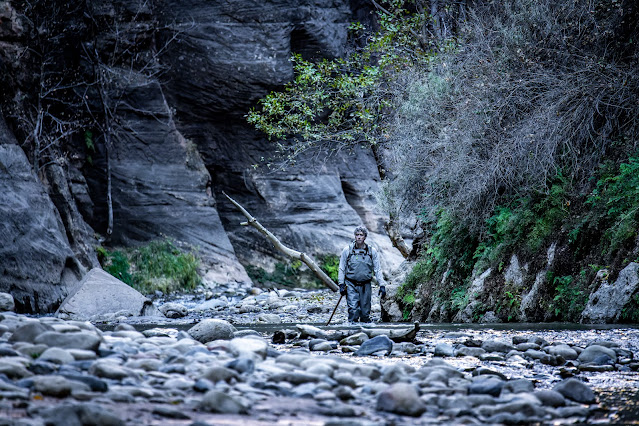Introduction:
What? :
The Narrows is
where the North Fork of the Virgin River carved its way through the Navajo
sandstone rocks, creating
15 miles long and deep slot canyon.
This is one of
Zion’s most popular hikes and there are many good reasons for that.
In this blog I
will describe the hike starting at The Temple of Sinawava and walking up the
river almost as far as you want or have time. Because this is an out-and back
hike you can make it as long as you want.
This is a moderate
to strenuous hike depending how far you walk, river walking milage is very low
so it better to hike according to your available time and not as the planed
milage.
Hiking at the
canyon starts with easy paved accessible trail along the river as the gorge get
narrower, after 1 mile from the starting point the paved trail ends and hiking
from here is in the river itself. Here the massive straight cliff walls are
closing on the river from both sides.
From here the
trail pass through the river.
You simply hike
upriver for as long as you want and enjoy some of the best scenery of the Narrows
and then return the same way you came.
Hiking for 5
miles will take you all the way to Big Springs. This is the farthest point you
can go without a permit. This is a very popular hike, expect a lot of crowds
during the summer months, as farther you will hike upstream you will see less
people.
This hike is one
of the most famous hikes in the US National Parks.
Not only you
are walking inside the river you will be amazed by the spectacular and unique
canyon view where people are dwarfed by the massive cliff walls, walls a
thousand feet tall where you can’t see their top, and trees find their way to
grow in the canyon.
Even a short
hike into the canyon worth the effort and the fact you are getting wet.
This is
definitely one of my bucket list hikes.
Related Blogs:
- South Utah - Parks Grand Circle
- Utah Southwest - For The Advance Travelers
- Zion National Park – Plan Your 1-5 Days Visit
- Zion National Park - Angel Landing Hike
- Zion National Park – Viewpoint on Walter’s Wiggles Engel Landing Hike
- Zion National Park – Drive Through the Park Road
- Zion National Park – Canyon Overlook
- Zion National Park – Kolob Area
- Zion National Park – Kolob Area, Middle Fork Taylor Creek Trail
- Zion National Park – Kolob Area, Kolob Arch and LaVerkin Creek Wilderness Hike
- Zion National Park – Kolob Terrace Area
- Zion National Park – Kolob Terrace, Northgate Peaks Trail
- Zion National Park – Kolob Terrace, Lava Point and Kolob Reservoir
- Grafton Ghost Town (located near Zion National Park)
- Zion National Park – Smithsonian Butte Road and Viewpoints
























































Comments
Post a Comment